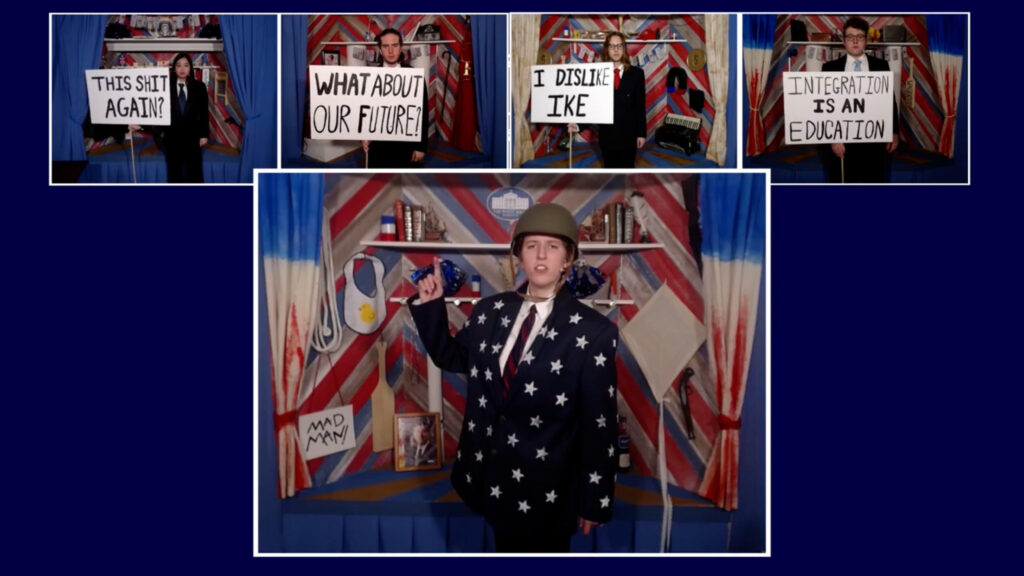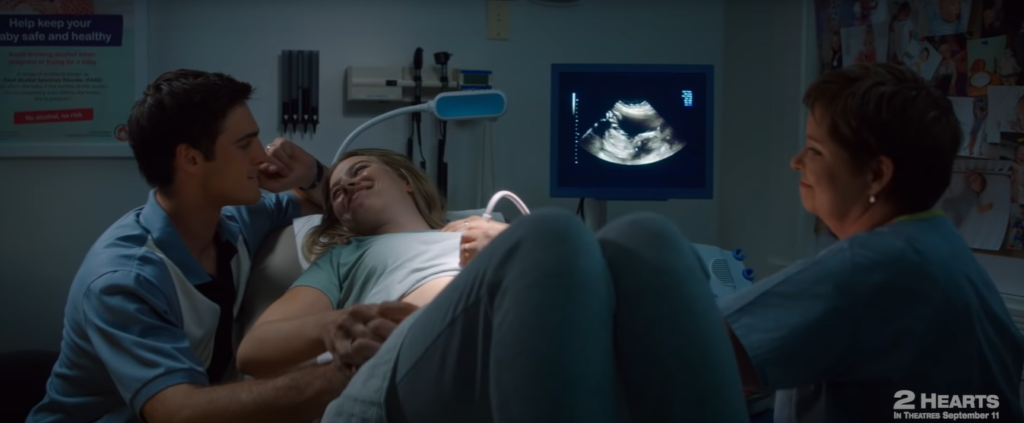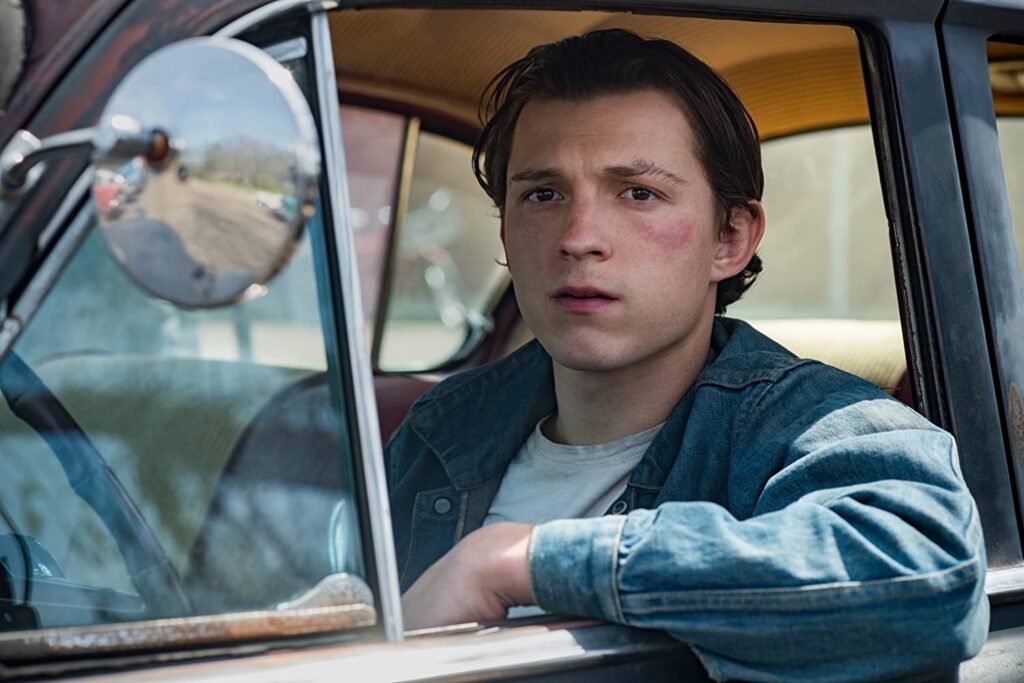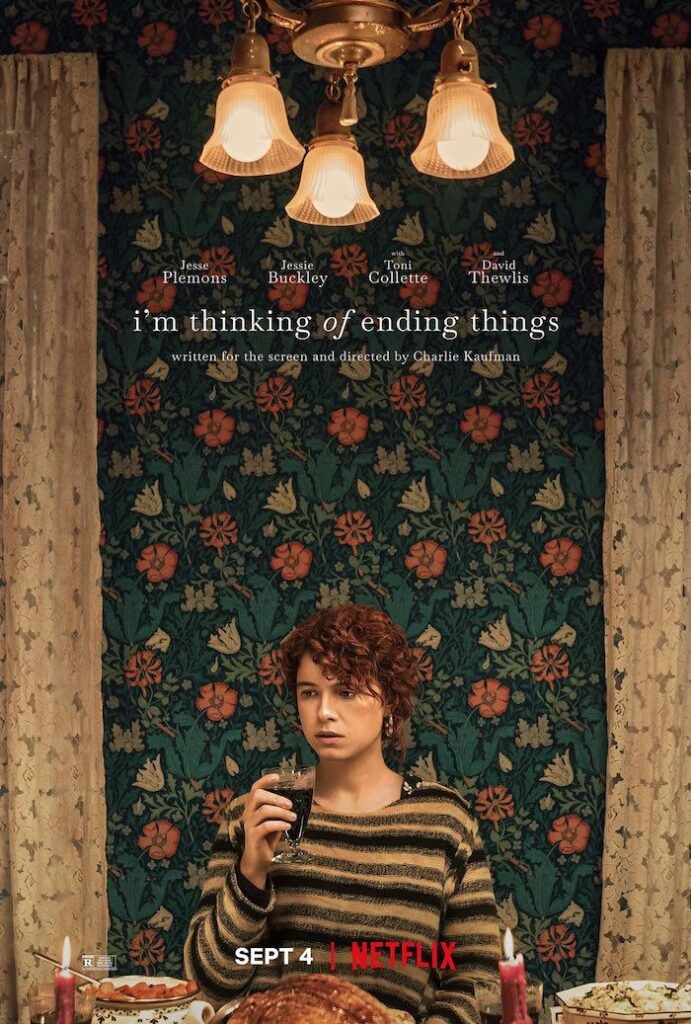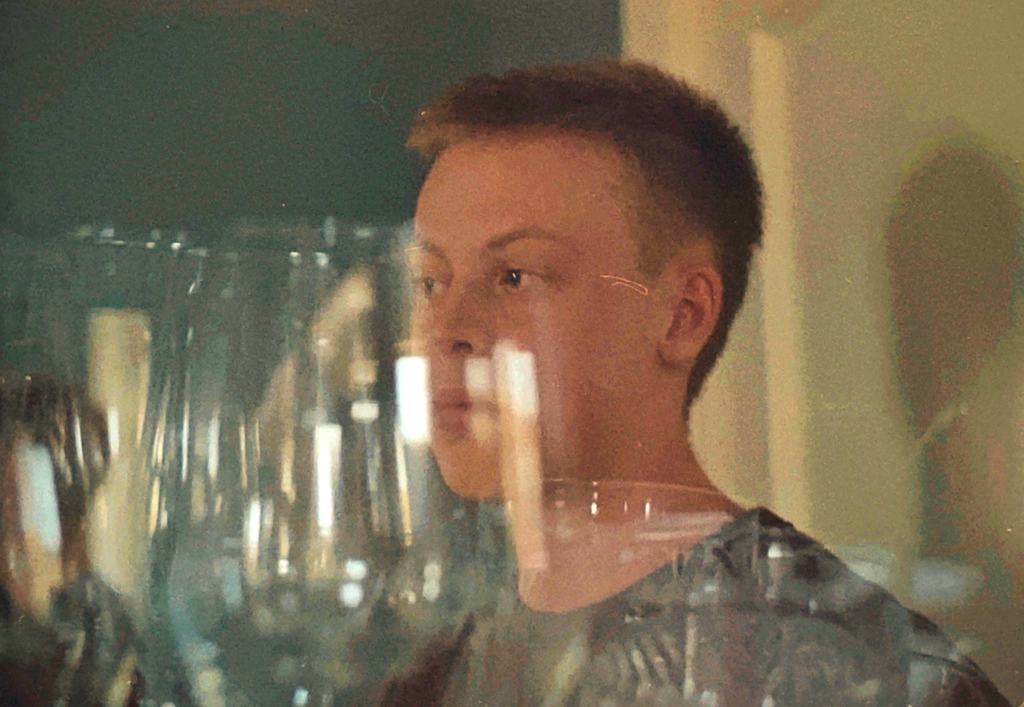
On Sunday, select members of the Tech community were treated to one of the most rare and unusual of experiences in a COVID-19 world: a live musical performance.
On the stage of the Ferst Center, guitarist and composer Kaki King performed her new multimedia show in front of a filming crew and an audience spaced appropriately far away. The concert was recorded for release to the public on Oct. 24 to celebrate the debut of King’s newest album, “Modern Yesterdays.”
King, an Atlanta native, has toured around the country and has had work featured on the sound tracks of films like “August Rush” and “Into the Wild.”
The artist is well known for the innovation, idiosyncrasy and sheer virtuosity of her work. Her forays into image projection coupled with her unmatched technique have made her one of the most brilliant and compelling guitarists of her generation. She effortlessly combines technology and music in her performances.
On the stage of the Ferst Center, however, dressed in bright pants and a cropped blouse and bereft of her signature massive sunglasses, King is just a woman; a woman with a guitar, messing with the cords and cables, tuning her instrument, making small talk with the crew that echoes from her mic into a mostly empty house.
A warm pool of yellow light in the center of the dark stage gives her two guitars a sacred air.
King introduces her album informally.
“This is an escapist style of music,” she says, “it’s not really about anything … I hope this gives you wiggle room in your brain to feel how you need to feel today.”
The guitar she picks up is white and has an intense light projecting over its surface, making it the brightest thing on the stage.
When she begins her first song, “Default Shell,” there is an explosion — not just of sound, but of light and color, bursting over the surface of the guitar in a hypnotic kaleidoscope of shapes, patterns and motions.
King’s signature use of visual as well as auditory art makes her live shows a uniquely synesthetic experience.
In one of the breaks between songs she explains how it works, with a system that translates the notes into visual cues for the imagery on the guitar.
The VR setup is a newer way of doing things for her; previously, the guitar was held in place while she played and projected the image. Now, the technology tracks the instrument, giving her the freedom to move around while she plays.
Highlights of the concert include “Can’t Touch This Or That Or You Or My Face,” which King has already released as a single, and “Night After Sidewalk,” which featured on her 2003 album “Everybody Loves You.”
King has reworked “Night After Sidewalk” using a device inside the soundhole of her guitar that picks up the overtones of the notes and returns them back with electronic reverberations.
Another track, “Puzzle Me-You” deals with the especially damaging fires on the West Coast; as King plays, plumes of smoke and flame mushroom across her guitar.
“Turning a disastrous thing into something beautiful is,” she says “its own kind of statement.”
Many of the songs that she takes on tour she describes as “embryos” that she will work and rework on stage. This improvisational process is the part she likes the most, and it is not always easy for her to nail down when exactly a song is finished.
King does not just strum or pick the guitar — she slaps it, she clicks her nails across it, she plays the frets like the keys of a piano. Each song is a waterfall of sound; at times, the melody becomes almost indiscernible.
For the last two songs of her show, “Teak” and “Nails,” she uses a device called a Passerelle that bridges the strings of her guitar and transforms it into a different instrument altogether. King invented the Passerelle in collaboration with another musician, yet another way of breaking the boundaries of her craft.
When asked where her inspiration comes from, King answers with a joke — “There’s this really cool place in Queens …”
In seriousness though, she says her inspiration comes from “pain, deadlines, and fear … whatever it is I’m going through comes out musically.”
It is her way of “getting out of emotional trouble.” She says, “I’m not writing these things to make a statement … I’m writing them to get away from the moment. And I think that’s okay. Creative people get too much credit,” she adds, “Creativity isn’t limited to a person with a paintbrush or an instrument. Life is creative.”
King first brought her music to Tech in 2018 with “The Bridge Is A Neck to The Body,” her first tour to incorporate her signature multimedia performances. She has since returned to the Institute to offer a masterclass in the use of the Passerelle.
GT Arts strives to “partner with artists who are curious about using technology as part of their storytelling,” says Marketing Specialist Elizabeth Geiger.
King is a perfect fit for this endeavor. Her reimagination of her instrument and the visionary nature of her live show is exemplary of the things that can be done with technology and art.
Georgia Tech Arts will stream the recorded world premiere concert of “Modern Yesterdays” from the Ferst Center on Saturday, Oct. 24 at 8 p.m.
Registration is free and King will be in attendance for a live virtual Q&A.
Learn more at arts.gatech.edu.

